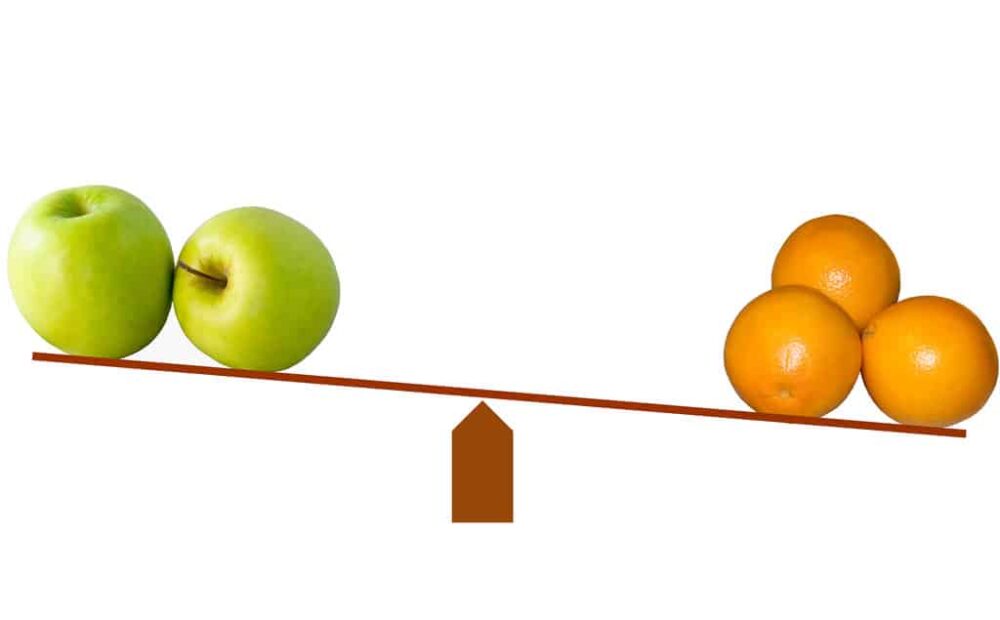MAP vs MSRP

Pricing is a crucial strategy to keep your eCommerce business profitable. So what’s more important – MAP or MSRP? Can you have both MSRP and MAP models for your products? What is the MAP vs MSRP debate?
MAP vs MSRP: Explained
MSRP can be defined as the manufacturer’s suggested retail price. It is like a guideline to help merchants set a fair price of a product. MSRP is not legally binding, and the manufacturer cannot penalize you for not complying with the price.
A merchant can sell a product above or below this ‘sticker’ price. The sole purpose behind setting MSRP is to standardize prices so merchants have an idea of how to price a product.
MAP, on the other hand, is the minimum advertised pricing. A manufacturer sets the dollar amount for a product that represents the lowest price resellers can advertise their products. Retailers and resellers are obliged to follow the MAP pricing policy and must not advertise their products below the minimum advertised pricing. It is a one-way policy set by the manufacturer that must be structured to prevent violation of the antitrust law. A manufacturer can enforce its MAP pricing policy and penalize resellers that advertise products below MAP. Unlike MSRP, MAP is a one-way agreement and cannot be structured as a two-way arrangement between the manufacturer and a reseller.
MAP is the lowest price for a reseller to advertise a product. The policy governs only advertised prices and not the actual selling price. A customer might use a discount code to get a bargain price that could be below MAP. Resellers and buyers can privately negotiate the price, while ensuring that the advertised price does not go lower than that set in the MAP policy.
MAP vs MSRP Debate
MSRP represents the price that manufacturers expect from retailers to set for their products. But it is just a starting point for retailers to set prices and deduct discounts to excite potential customers to make purchases.
However, many ecommerce merchants have gotten into trouble due to differences in the MSRP and actual product price. Consumers claim that the list price is false advertising that merchants use to make discounts seem bigger.
The MSRP is not relevant when consumers are lured with personalized offers and dynamic pricing. Typically, manufacturers can use MSRP to set wholesale prices. It is an exercise to calculate the production cost and assess the market forces that might affect demand.
On the other hand, manufacturers use MAP policies as a baseline to collaborate with resellers to meet consumers’ expectations for product availability and swift fulfilment.
While MSRP is the price set by manufacturers for retailers to charge for their products, MAP is the lowest advertised price for a product’s pricing. On the other hand, MSRP is as the upper limit for retailers to sell the products, though it is not necessarily the final price.
Do MAP and MSRP Work Together?
MAP policies might work better in marketplaces with intense competition and price erosion. MAP and MSRP together might work to serve your brand interests and protect resellers.
When a manufacturer sets MSRP, they aim to establish the value for their goods so resellers are aware of the seriousness about maintaining pricing equity. Besides MSRP, when a manufacturer sets a MAP price for their products, they aim to standardize pricing across all marketing platforms, giving authorized resellers a fair environment to compete against unauthorized sellers.
A manufacturer can use both pricing policies to protect their brand and margins, safeguard authorized resellers, and support their resale channel.